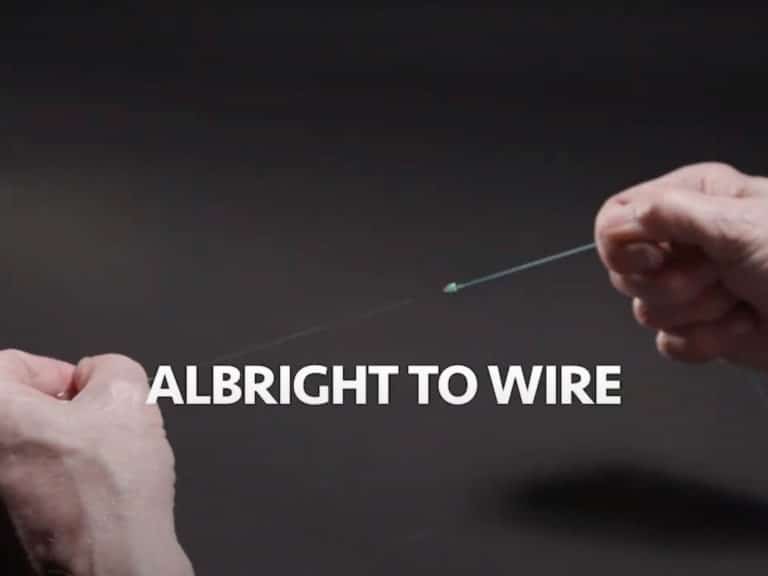
How to Tie an Albright to Wire Knot
Secure a monofilament line to a single-strand wire leader.
Learn from the Salt Water Sportsman editorial staff how to tie the most popular fishing knots, from the basics to the more complex
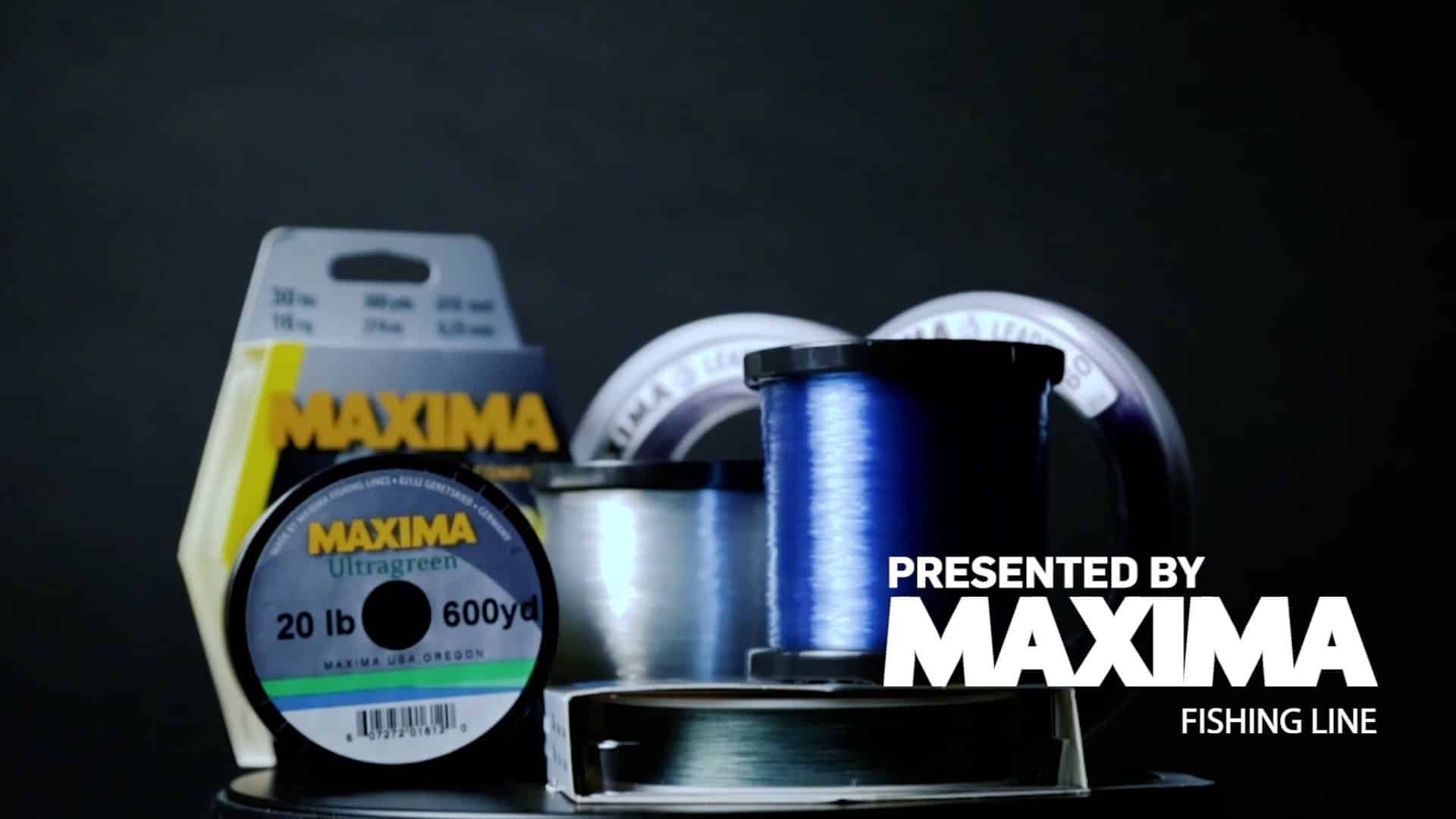
Fundamental to successful fishing is learning how to tie fishing knots. Presented here, a wide variety of knots that cover most situations anglers encounter, including the strongest fishing knots, the easiest fishing knots, fly-fishing knots, mono-to-mono knots, leader to lure, and mono to braid fishing knots. These knots offer varying levels of difficulty for a range of applications. Whether you’re a novice or a veteran, this section has something to offer.
These fishing knot videos will help you master each of the most essential fishing knots. It might be a blood knot, the slim beauty knot, the non-slip loop knot, or others you want to either learn from scratch or fine tune.
The knots cover a range of purposes. Most anglers settle on just a few that get the job done, and can be tied easily and quickly on the water. If you’re new to fishing, learn some of the easy fishing knots first. Once you have your go-to collection mastered, add one or two specialty knots that you find useful. Few anglers know them all or use them all. The point is to use a few of them well and reliably. Practice makes perfect, and perfect fishing knots equal more success.

Secure a monofilament line to a single-strand wire leader.
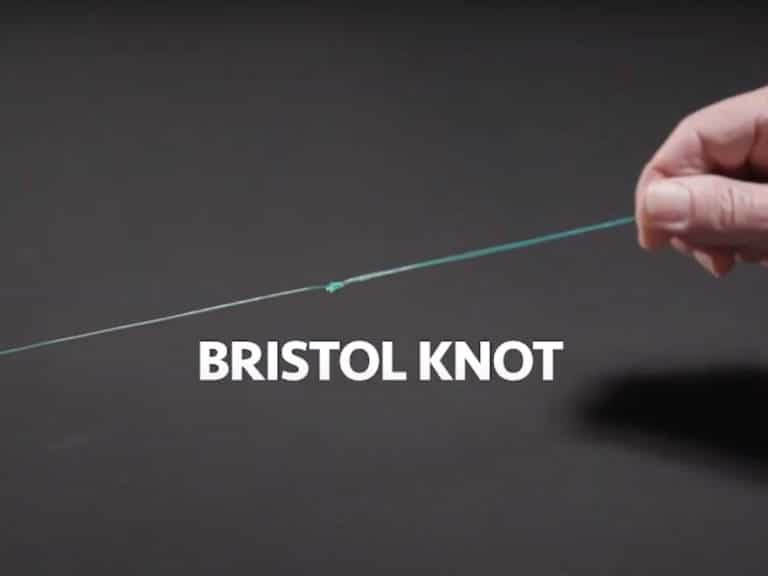
Secure a doubled main line to a single strand of heavier leader.
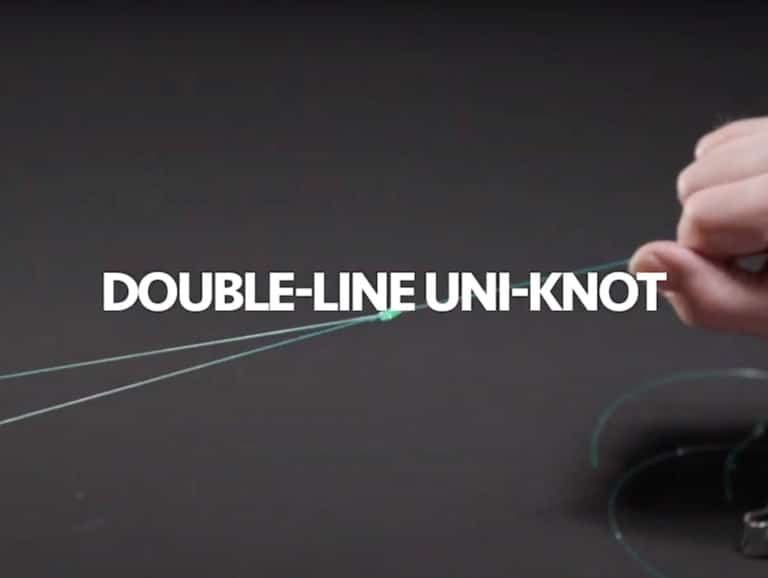
Create a double line in the main line, or attach directly to a hook, lure or leader.
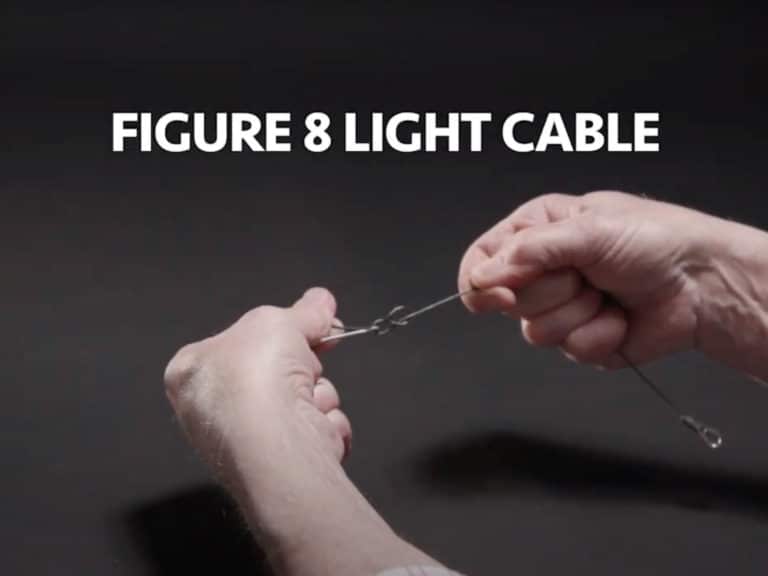
Attach light, multi-strand cable to a hook or lure.
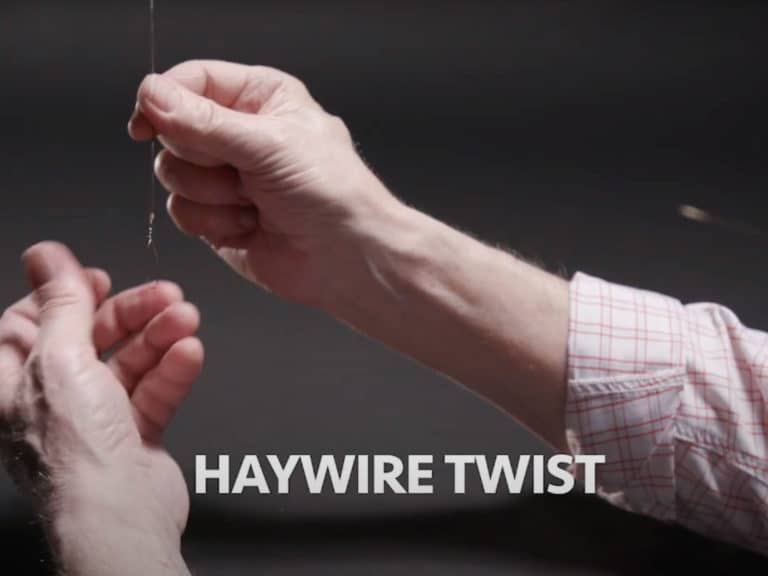
Easily create a loop in single-strand wire.
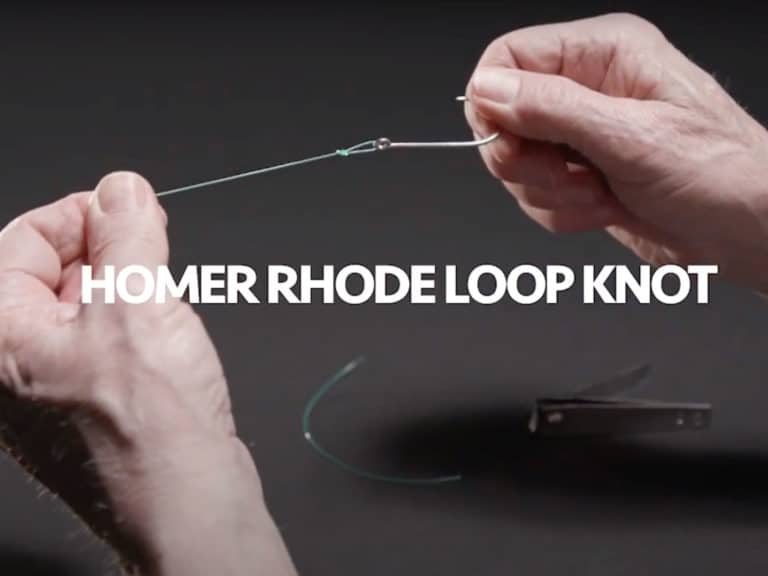
Maximum freedom and action for a hook or lure.

Fasten a leader to a main line doubled with a variety of knots.

Allow a hook or lure to swing freely.
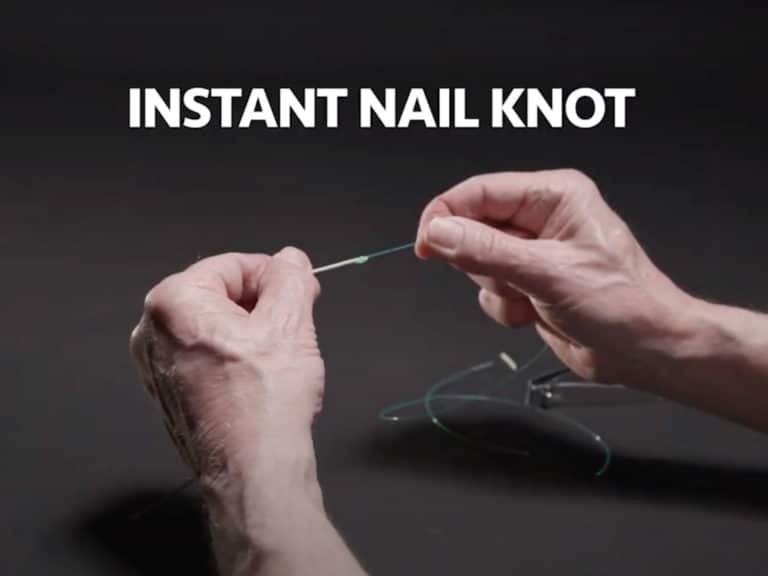
Attach a heavy mono butt section to a fly line.
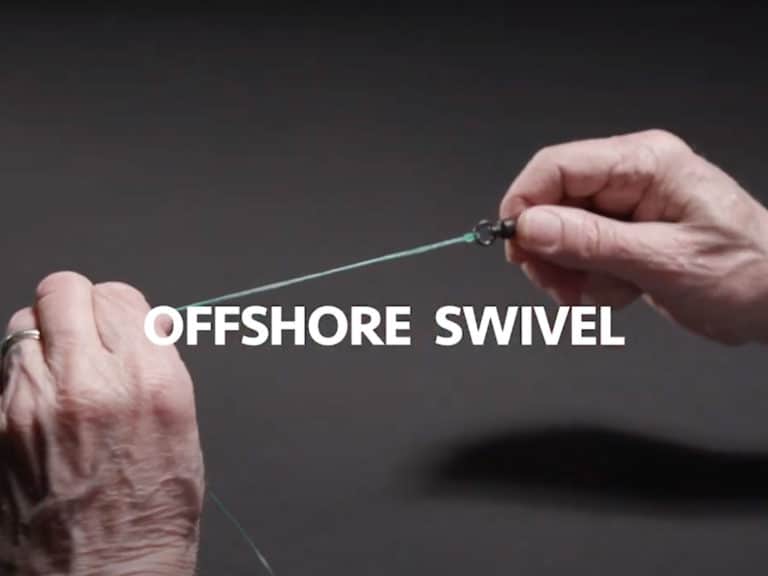
Connect heavy trolling tackle to a snap swivel.
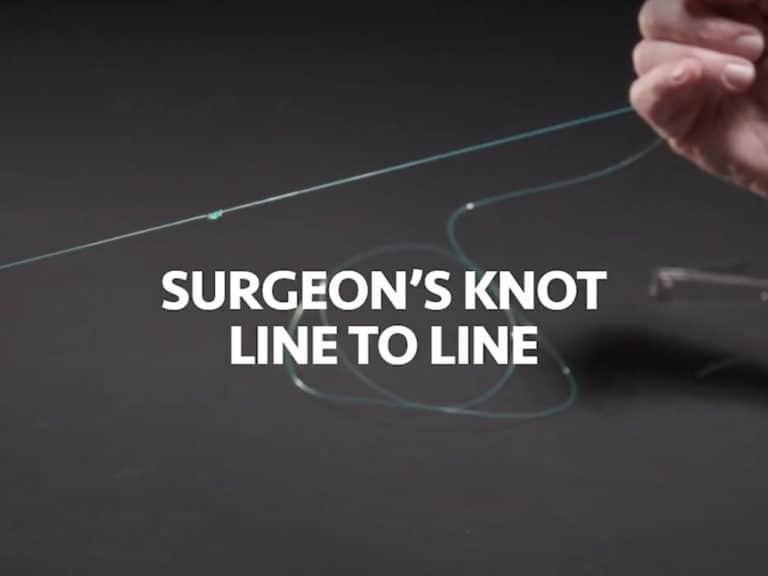
Easily join your main line to a heavier leader.
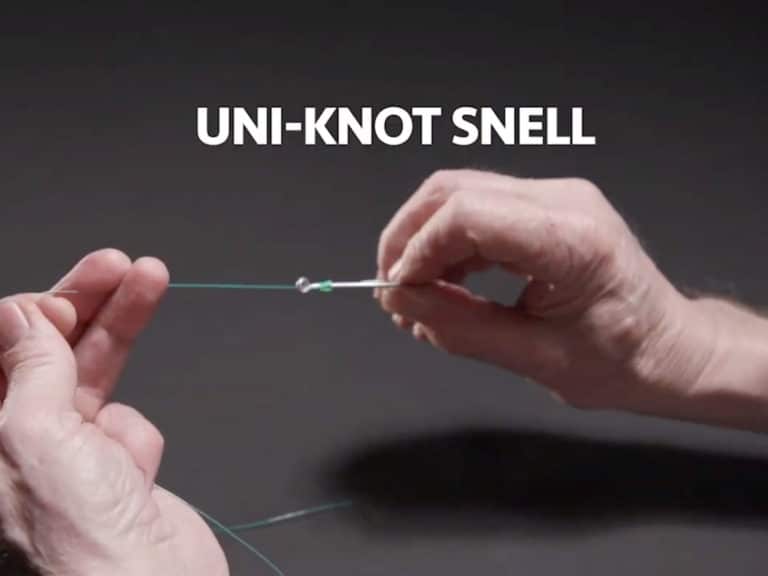
Make a connection with added stability and strength.
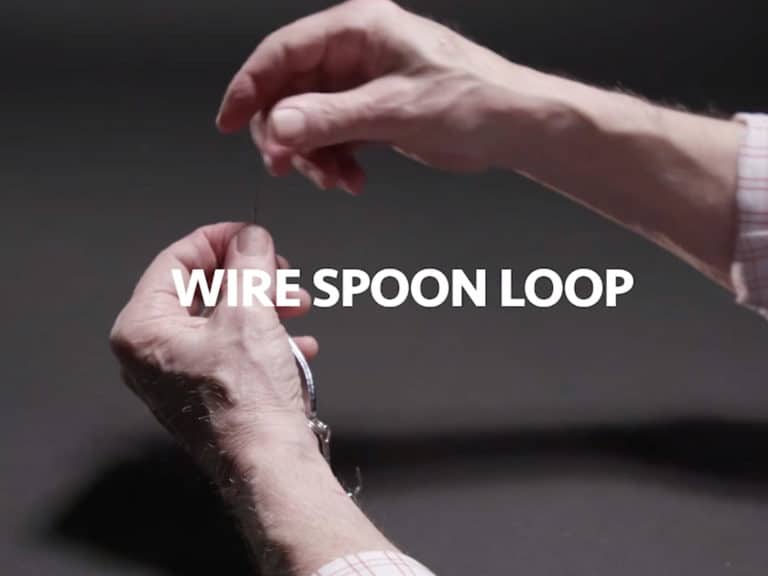
Allow a trolling spoon or a lure to swing freely.
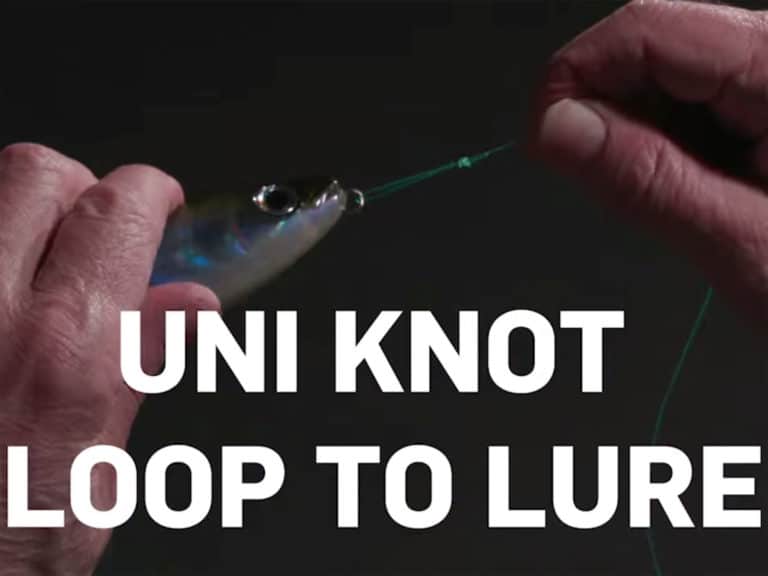
Attaching a lure to your line with a loop knot allows the lure to maintain maximum action.
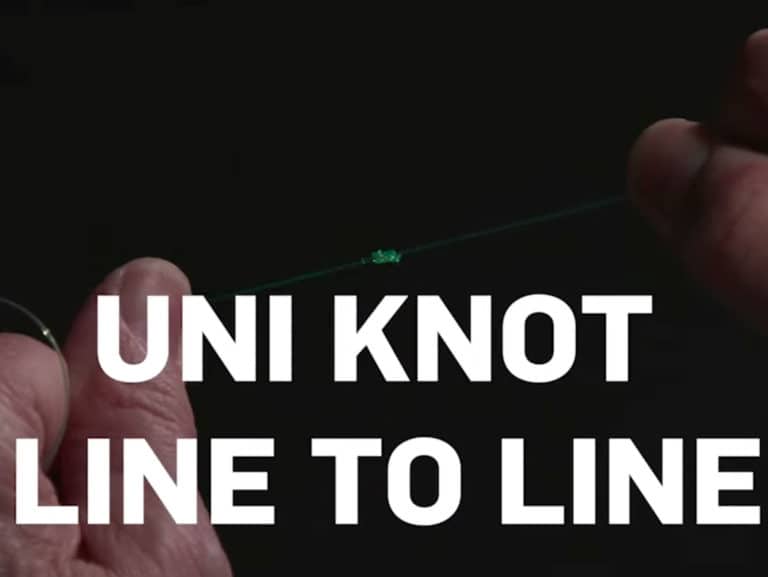
The same basic Uni-knot makes a quick, easy and reliable connection between lines.
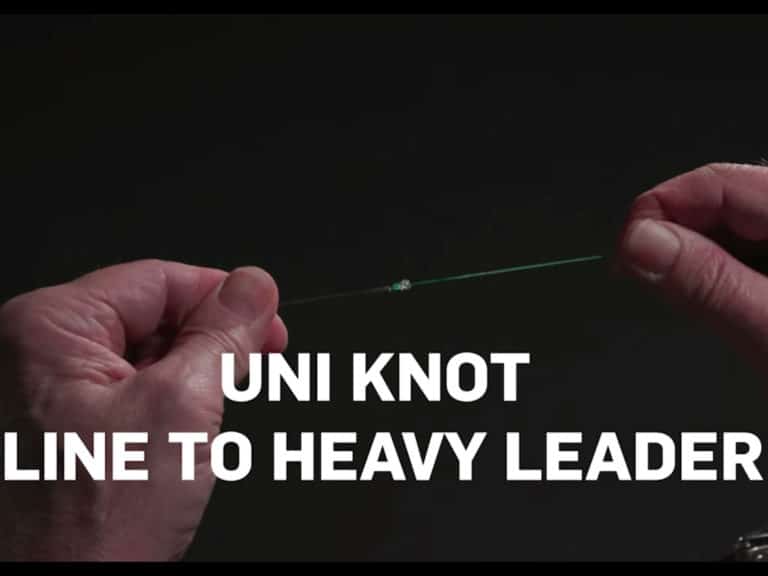
The versatile Uni-Knot easily joins a main line to much heavier monofilament.
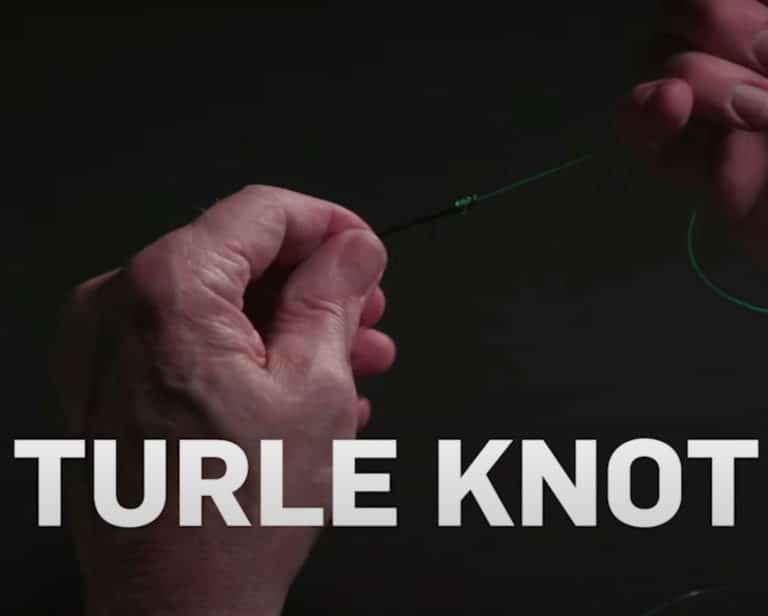
The Turle Knot is traditionally used in fly fishing.
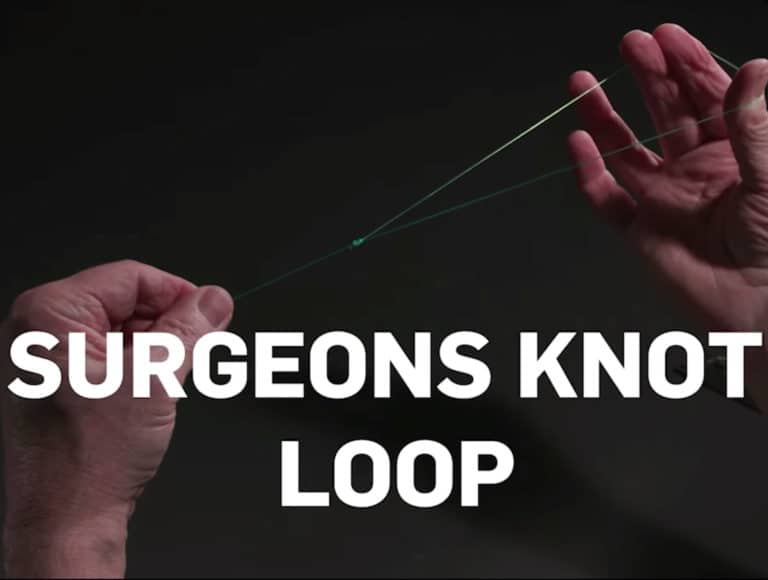
A loop at the end of a line is useful is a number of rigs.
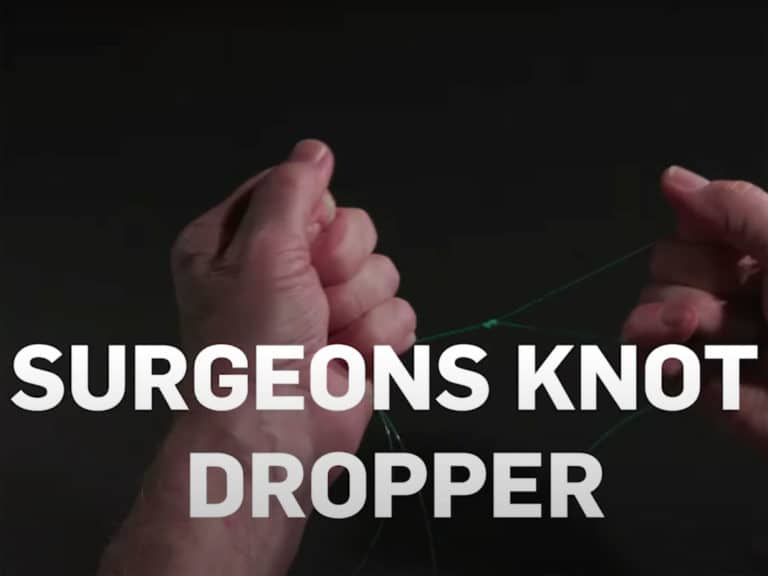
A Dropper Loop provides an attachment point above the end of the line.
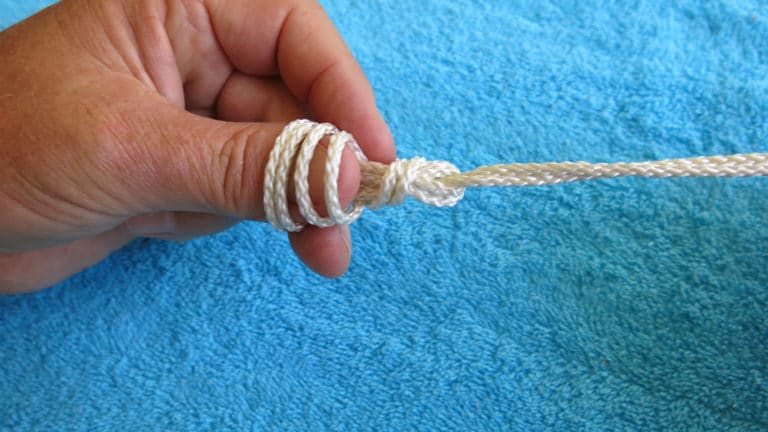
The Spider Hitch is a fast and easy way to form a double line.
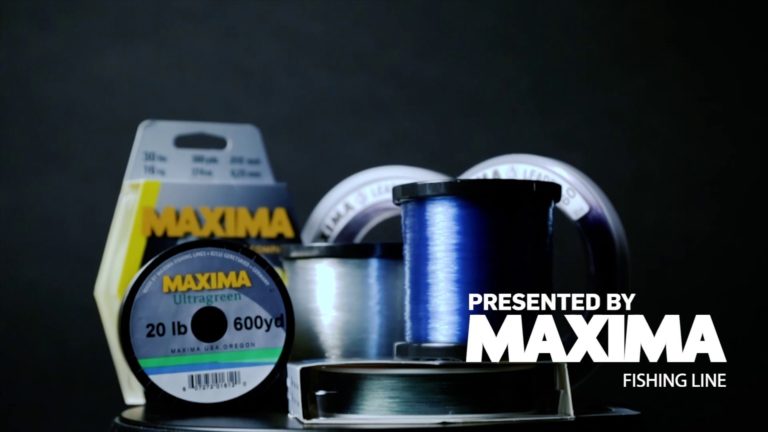
Increase the presentation factor of lures and live bait using the Rapala Knot.
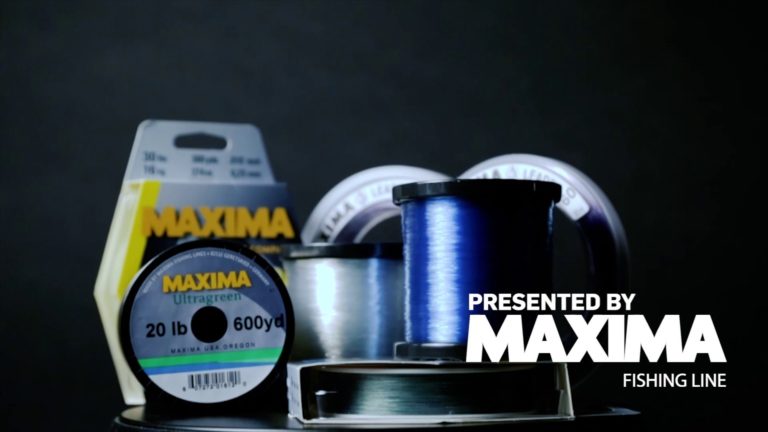
Easily join braid and a monofilament leader with the FG Knot.
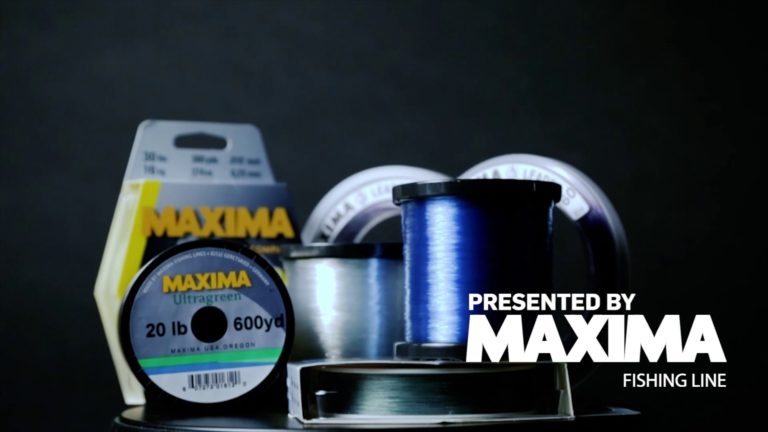
Use the Uni-Knot to attach line or leader to a hook or lure.
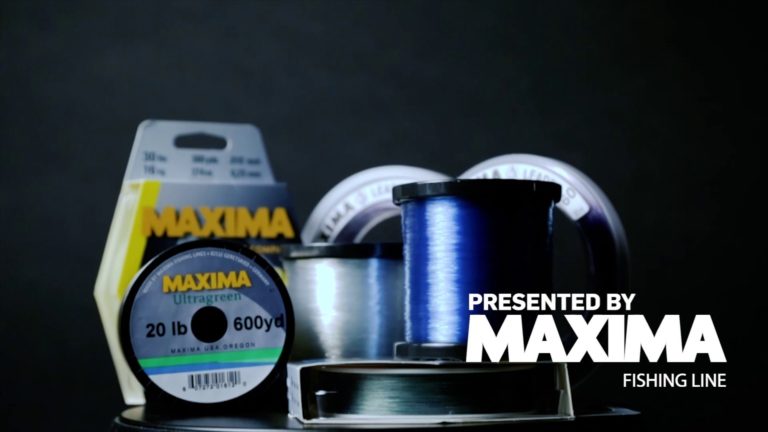
The San Diego Jam Knot is simple and strong.
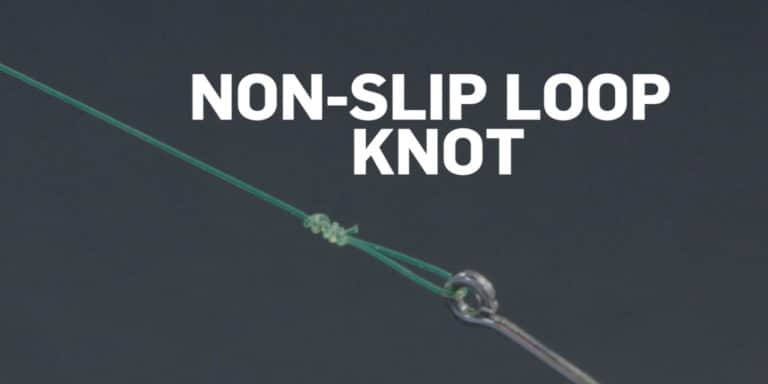
The non-slip loop knot allows fly, lure or bait to swing freely.
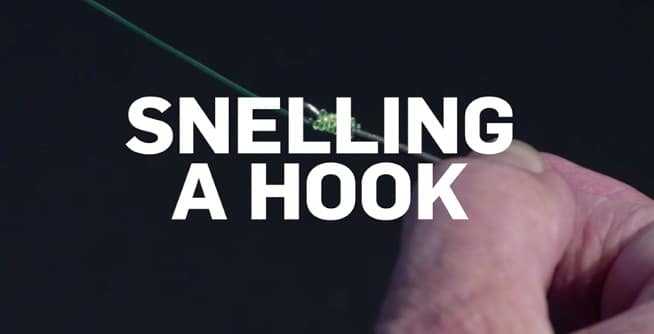
Snelled hooks offer maximum strength, provide a straight pull through the hook shank and telegraph bites quickly up the line.
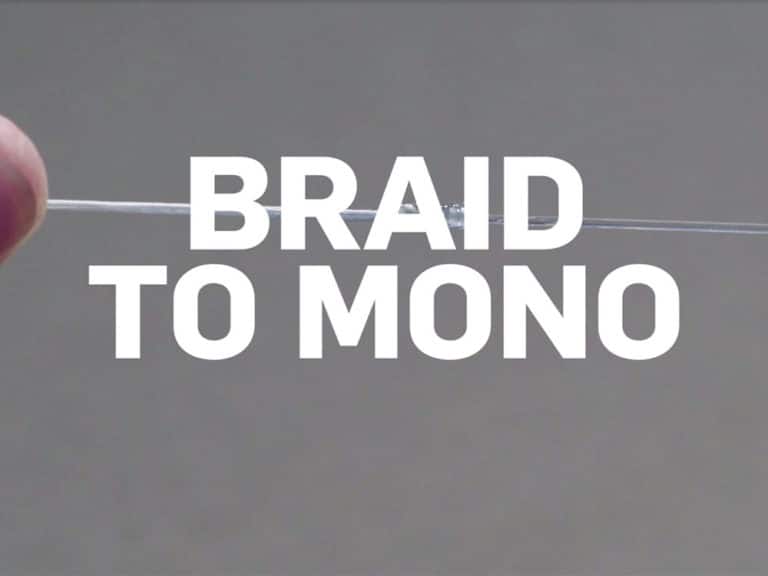
Tips to help you join braid to a mono leader.
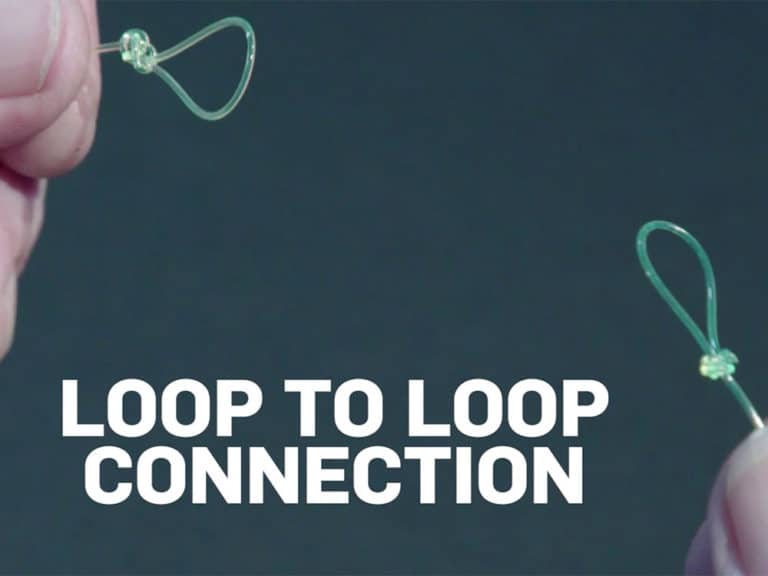
Learn to tie a solid connection with an easy release.

Learn to tie this low-profile leader knot for casting.

Learn how to tie this essential fishing knot.
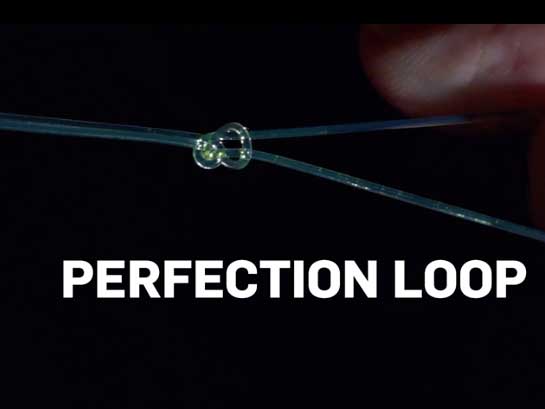
Learn how to tie the perfection loop in this video tutorial.
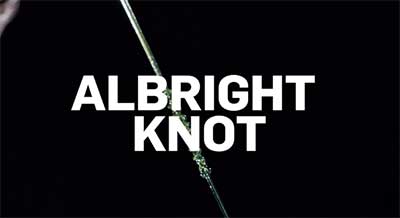
Learn how to tie the albright know in this video.
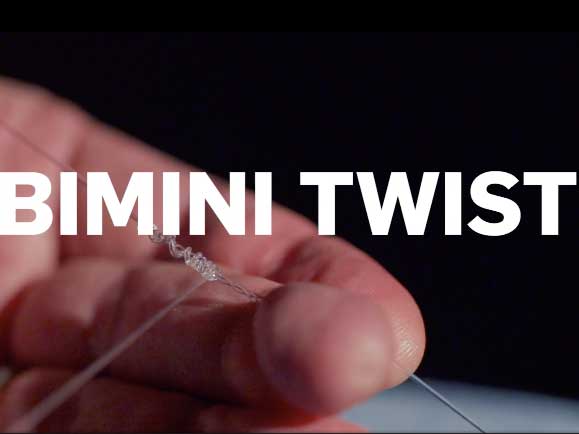
One of the more popular knots in big-game fishing has also become a favorite among fly-fishermen.
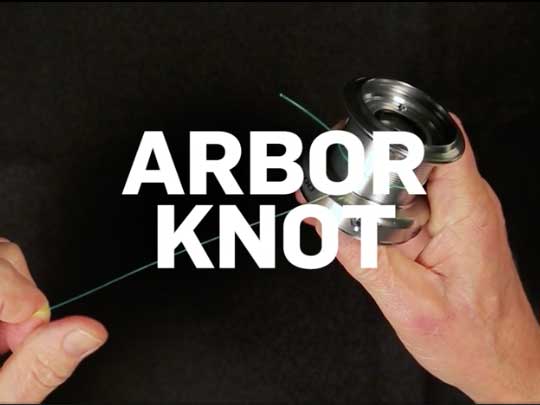
Learn how to tie the arbor knot with this video tutorial.
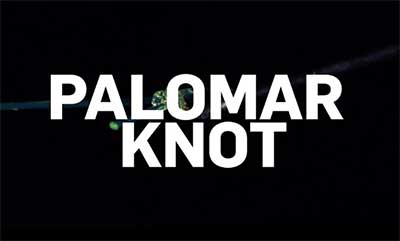
A simple loop passed over the hook gives the palomar knot all the strength of the line.
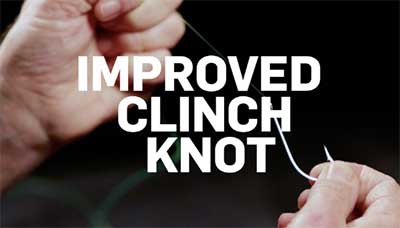
Learn how to tie the improved clinch knot in this first-person walkthrough.
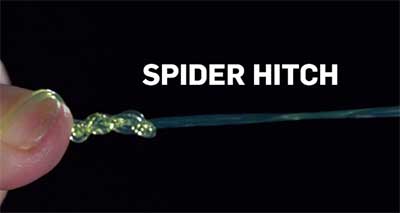
Learn to tie the alternative double-line fishing knot.
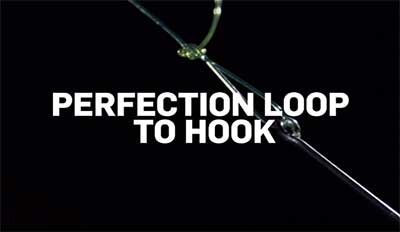
Follow this video to become a master at tying the perfection loop fishing knot.